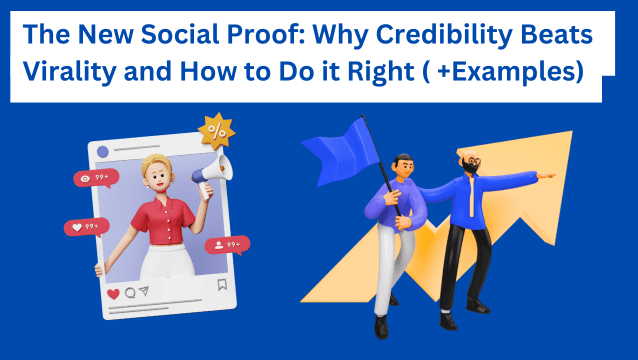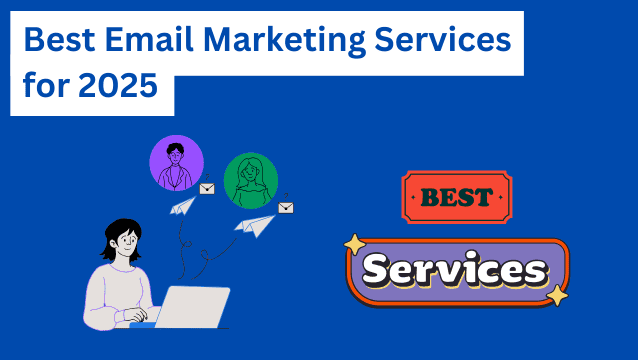If you’re serious about FAQ SEO, here’s what you need to know: FAQs are no longer a nice-to-have; they’re a must. FAQs are one of the fastest ways to win visibility, reduce friction, and move readers from curiosity to action.
Search engines are noisier, the search engine results page (SERP) is busier, and AI summaries mean your answers need to be crystal clear. The upside? Great FAQ pages still win. This is especially true when they’re structured for rich snippet eligibility, supported by schema code, and incorporated into your knowledge base and overall site architecture with internal links.
Our core goal in this post is simple: Show you how to build FAQ content that:
- Earns clicks
- Helps potential customers
- And supports your SEO strategy
We’ll dig into relevant keywords, question modifiers, and keyword tools, among other important FAQ features. We’ll also go over the practical stuff that makes a difference, like concise formatting, tracking answers, and how to improve your strategy.
Highlights
- Intent-driven questions: Pick questions that mirror search intent and cluster them into categories and topic clusters.
- Concise answers: Write answers with clear next steps. Add schema to qualify for rich results.
- Multimedia and interactivity: Use short videos and AI chatbots while keeping linked content crawlable.
- Site architecture: Embed FAQs on key pages (including product pages) and connect them with internal links to deeper resources.
- Measure and refresh: Track visibility and engagement. Update FAQs regularly based on what users actually ask.
Why FAQ SEO matters more than ever in 2025
FAQ pages meet people in their uncertainty. When someone types a question, they want concise answers to relevant questions. These often mirror the same phrasing as questions people ask in everyday conversation, for example, “How do I send money in euros to my family in ?”
According to a 2025 study by Statista, searches that triggered an AI overview were more likely to end up in zero-click results.
Today, search engines provide answers with zero-click results and AI summaries. This means that clear and direct answers win attention, trust, and the chance to appear in a rich snippet.
Strong FAQs expand your SERP real estate and strengthen site architecture. You can group questions into categories (like in the image below) and use an internal linking strategy that turns a simple Q&A list into a set of topic customers that reinforce your expertise across themes.
This structure helps both humans and crawlers understand how your key content fits together. In the meantime, your knowledge base becomes the authoritative source for recurring concerns.
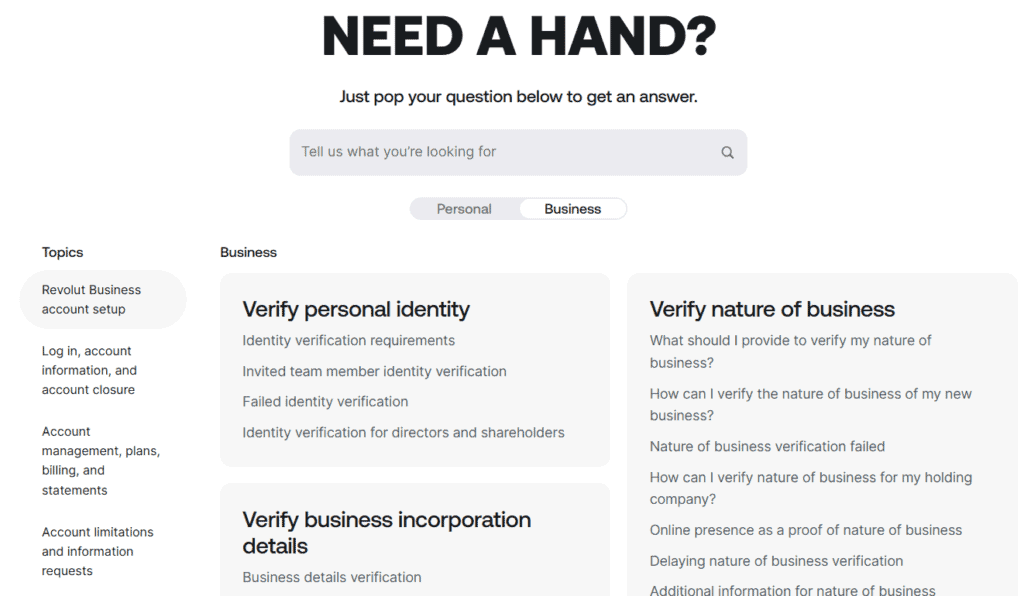
Additionally, FAQs can enhance user experience. They answer objections, clarify policies, and guide the user down the conversion funnel without the hard sell. FAQs also reduce customer service requests because the most common issues are already addressed clearly in the Q&A page. The result? A faster path to confidence and a smoother handoff to product pages, demos, or checkout.
Here’s the thing. FAQ SEO has one goal: To be the best answer, fast. If your content is precise, organized, and useful, it serves as a durable asset that builds visibility, trust, and conversions over time.
6 Steps to optimize FAQs for SEO in 2025
Here are some steps you can take to elevate your FAQ SEO game and stay ahead of competitors.
Step 1: Choose the right questions people actually ask
Finding the right questions isn’t as hard as it sounds, and people often overthink it. It doesn’t require deep research and expensive tools. It’s as simple as doing a Google search and looking into the “People Also Ask” questions, or using tools like AnswerThePublic.
Sure, you can use Ahrefs, Semrush, and other heavy-duty tools to perform more focused research based on target keywords, but you don’t have to if you don’t have access to those tools.
If you do have access to Ahrefs, here’s how to find some valuable information for your FAQ SEO.
Start with a focused seed keyword. Then expand with question modifiers, like “what,” “how,” “when,” “vs,” to mirror real intent.
So, if you sell a snack product, a strong seed phrase might be “keto cereal subscription.” This naturally branches into “how does the subscription work” and “when do I get my first box?” Use keyword research tools, like Ahrefs’ Keywords Explorer, to see how popular the search term in question is. This also gives you an overview of how difficult it is for a keyphrase to rank.
For the keyword difficulty part, the closer the number is to 100, the more difficult it is to reach the top results in search engines.
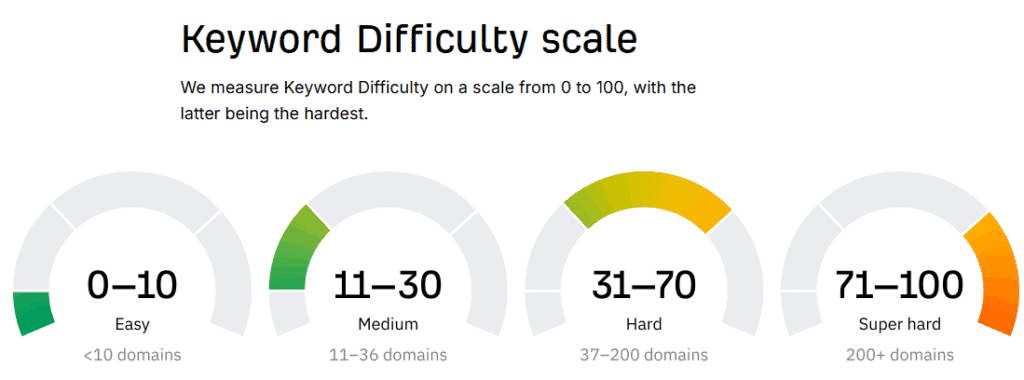
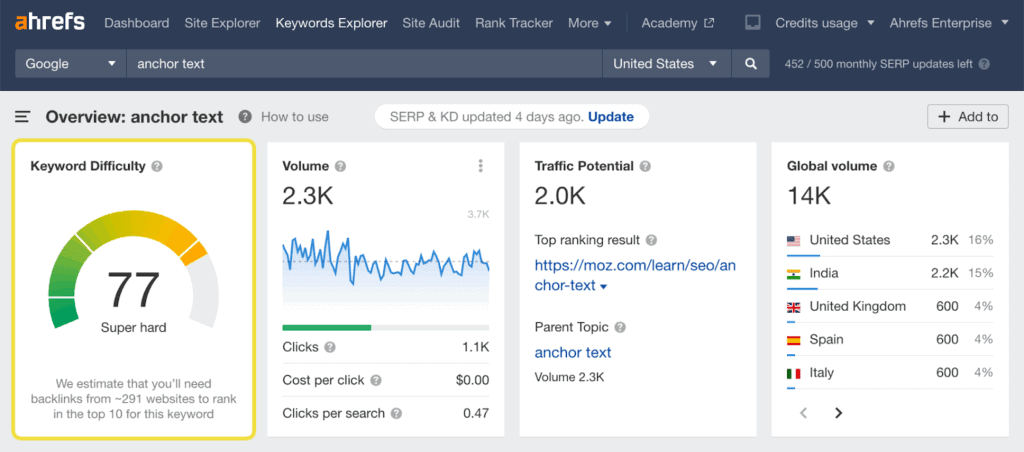
Cluster relevant keywords into buyer-journey themes and turn those questions into categories, like pre-purchase, onboarding, and troubleshooting. This ensures that your FAQ aligns with your digital marketing narrative without having duplicate pages.
Then, review customer interactions from sales notes, support chats, and recorded demos. Extract the questions and phrases they use (like “Why is my first order delayed?”) and turn them into FAQs. Make sure that you tie each answer to a single intent and create follow-ups rather than cramming everything into one mega response.
That way, your FAQ is easy to scan, internally linked, and consistent with your knowledge base titles.
Also, if you manage support ops, export recurring tags and question themes from open source ticketing systems to spot patterns your marketing team might miss. Those tag clusters make excellent seed ideas, reveal gaps where concise answers are missing, and help prioritize which entries to publish first.
Step 2: Craft concise answers that still do the job
Answer FAQs with a direct sentence that addresses the query (great for rich snippet potential). Add one or two clarifying lines and finish with a clear next step.
Here’s an example:
Direct answer: “Yes, we ship internationally.”
Clarifying lines: Most EU deliveries arrive in 5–7 business days. Duties and taxes are calculated at checkout.
Next step: “See our full shipping timeline.”
Keep SEO practices in mind. Use relevant keywords without stuffing. If a topic needs depth, add internal links that point to a comprehensive guide. Use calls-to-action (CTAs) to encourage users to take an action, like “Watch a 60-second setup.”
Step 3: Add and validate the FAQ schema (the right way)
Schema code can turn your Q&A into a rich snippet, but it has to be correct. Mark up the page as an FAQ and make sure each question and answer exactly mirrors the on-page copy. Validate with Google’s Rich Results Test and monitor Search Console for warnings and unexpected drops.
The process is straightforward: assign ownership, document a repeatable checklist, and run a QA before publishing. If your CMS renders content dynamically, confirm that adding schema markup to those blocks stays intact after edits, A/B tests, or pagination.
To speed up learning, keep a change log. When impressions rise but clicks don’t, revisit titles and answer intros. Are you addressing the intent that brought the user here?
Now, for inspiration and formatting ideas you can steal, look for excellent FAQ templates and examples across your industry and adjacent ones. Evaluate how they structure questions, where they place CTAs, and how they interlink with deeper content.
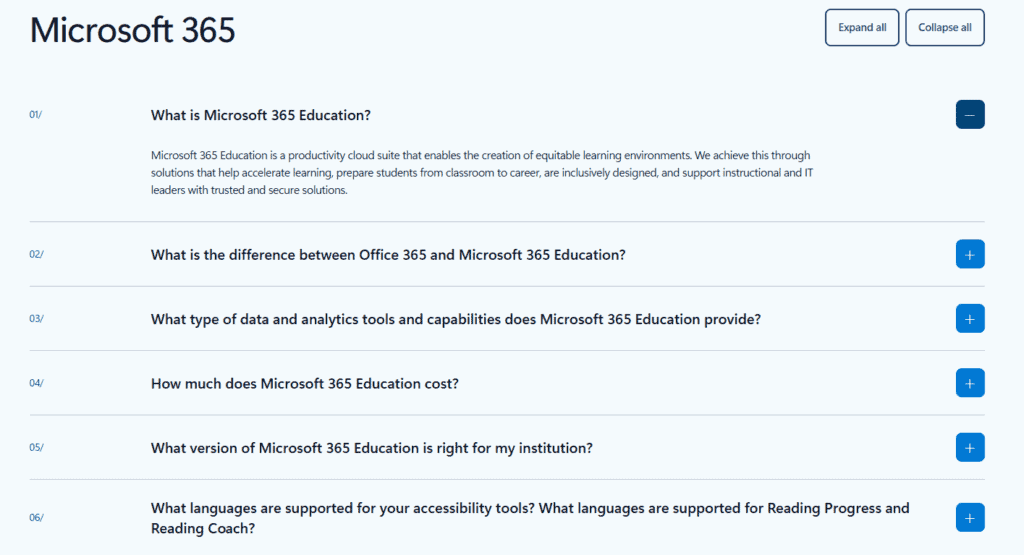
Step 4: Enrich FAQs with multimedia and interactivity
Some questions are best answered visually. This can be said for product explainer videos, which are useful when a question requires a step-by-step answer. Videos can be helpful if you offer technical/smart devices and need to answer questions like “what does X feature do?”
But don’t just rely on adding videos. Include a written summary with key takeaways that explain briefly what the video is about.
Keep performance in mind. Video hosting platforms can handle compression and adaptive streaming and lazy-load the player so your Core Web Vitals stay healthy.
Interactivity also has a key role here. Many companies, like Casper, Geico, and Cruise America, have an AI chatbot on their website. The goal is to provide answers and real-time suggestions to repetitive questions. Building a custom AI chatbot gives your team more time to focus on more complex issues.
For example, if a client is looking to explore pricing options, new product features, or request a refund, the chatbot may link to one of your articles or connect them with a human agent.

Remember: The content your bot links to must be crawlable, or you’ll help users but leave search engines with nothing to index.
Step 5: Make FAQs part of your site architecture
Treat FAQs as first-class citizens in your information architecture. Link them from product/category pages, documents, and relevant blog posts, and cluster related questions into hubs that support topic clusters.
Use descriptive anchor texts and breadcrumbs, so both users and search engines understand context. Think of this as a design + SEO problem:
- Layout
- Hierarchy
- Spacing
- And microcopy
…affect crawl paths and click behavior.
If you’ve ever wondered, How does web design affect SEO?, FAQs are the perfect proof. Having a clean structure and adding relevant internal links can lift discoverability and time on page.
Behind the scenes, align ownership so updates don’t fragment across teams. Maintain a single source of truth, with version control, review dates, and a publishing checklist (such as intent match, accessibility, and internal linking).
Robust knowledge base management keeps answers consistent across your FAQ, docs, and product pages. This prevents duplicate entries from competing, and ensures that when a policy changes, every place it appears is updated in one sweep.
For commerce sites, embed Q&As where the conversion is about to happen. Let’s say you have a store on Shopify. You can place FAQs right on product pages. Answers can link to policies, guides, or online tools.

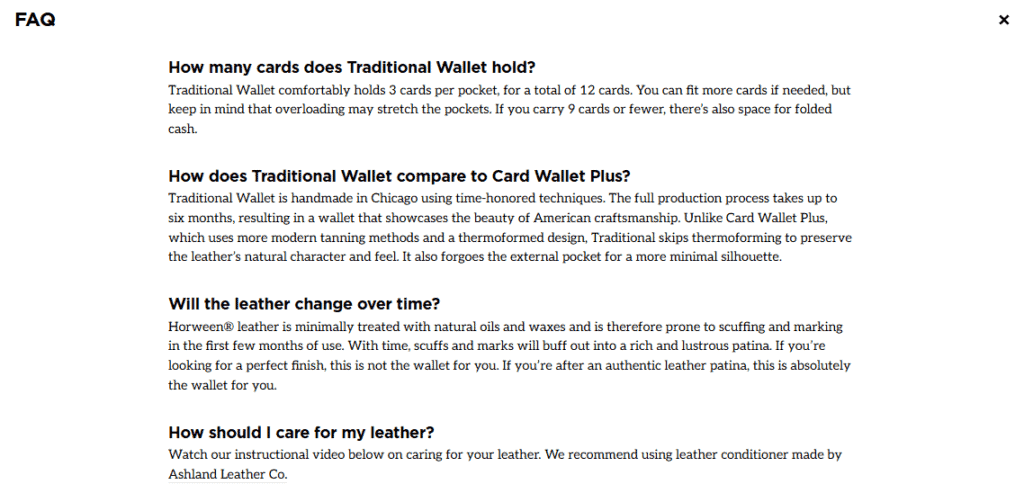
Step 5.5: Tailor FAQ SEO for e-commerce
If you’re in the e-commerce business or planning to start out, keep in mind that SEO is an ongoing strategy.
Great e-commerce FAQs work when they mirror how people actually shop. Map the buyer friction points. These include shipping times, returns, compatibility, installation, and warranties. Write the shortest answer that resolves each.
Then think operationally: Templates, structured data, editorial workflow, performance, and analytics choices. (You can create a How to Choose an E-Commerce Platform checklist to stay organized.)
For complex catalogs, like bundles and B2B subscriptions, your FAQ tooling should support per-product visibility, sorting by relevance, and smooth integration with your review and policy pages. It should also respect performance budgets, render visibly to crawlers, and keep editors in control with a simple workflow.
When questions differ by color, region, or warranty terms, the system must let you show the right answer only where it applies. That’s where Magento development services can be useful. Custom modules can assign questions by product type, audience, or fulfillment rule, and keep everything manageable for editors.
Moreover, teams running Adobe Commerce often need deeper control for seasonal catalogs or regional compliance. Rather than duplicating entire pages, aim for reusable components. This can be an FAQ block that inherits default answers and then lets you override specifics per SKU, collection, or market.
Tie one intent to one answer. The first sentence should be the takeaway, and there should be a clear path to policy or setup guides. This keeps your product pages focused while still addressing the major concerns. With Magento 2 extensions, you can automate where an answer appears by tag, attribute, or shipping class. This way, the right guidance shows up only where it’s needed.
Step 6: Measure, iterate, and keep questions fresh
The last step of your FAQ SEO optimization involves analyzing what’s working and keeping your Q&As updated to stay ahead of the game.
- Pull an organic keywords report from your favorite keyword tool. Identify queries that you can answer in your FAQ block.
- Analyze customer service requests. Incorporate customers’ concerns into your FAQs and include question modifiers (like “how” and “when”) to match intent. For instance, you may include something like, “How do I set up my new fitness tracker?”
- Track accordion opens and link clicks with Google Tag Manager. Update accordingly and compare before and after performance.
- Implement an internal linking strategy for Q&As. This can be helpful for older content that hasn’t received much traffic lately.
Wrapping up
If you want future-proof results from FAQ SEO in 2025, you have to think beyond questions. You’re building an intent engine that not only provides answers, but also claims SERP real estate, and guides potential customers to the next step.
Focus on relevant keywords, smart question modifiers, and an effective internal linking strategy. Monitor your organic keywords report and regularly refresh Q&As to align with the queries people search for in search engines. Want expert help? Book a call with our team and turn your FAQs into a growth engine.
